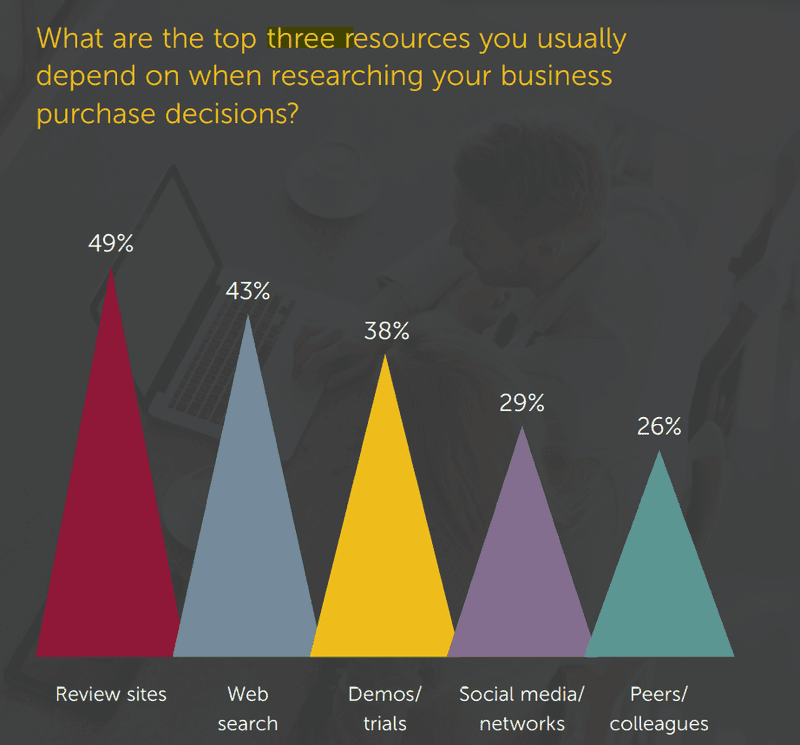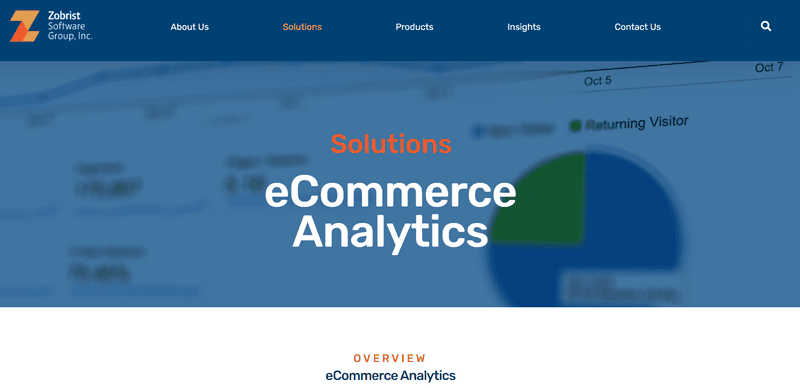The Covid-19 pandemic forced B2B businesses to rapidly shift from their traditional methods of conducting business to the world of eCommerce. Such a hurried transition meant that many businesses had to very quickly adapt to the new normal, thereby highlighting the need for B2B eCommerce solutions.
As many B2B businesses have experienced, launching a functional B2B eCommerce website and app isn’t limited to just simply creating an online retail store. This is because the B2B buyer’s journey is more complex and time-consuming than that of regular consumers. And, there is the reality that most B2B businesses thrive on repeat orders from existing customers which also has to be accounted for in this transition.
At their core, B2B eCommerce solutions should retain the human touch and personalization of the in-person sales experience while also streamlining the online purchasing process for business owners and customers alike. In this blog, we’ll discuss a few useful B2B eCommerce strategies to grow your business and revenue. But let’s first take a closer look at the concept of B2B eCommerce.
Quick Review: What Is B2B eCommerce and How Does It Work?
B2B eCommerce refers to the online selling of products and services between businesses. In other words, a B2B eCommerce website/app facilitates online transactions between manufacturers and wholesalers, and wholesalers and retailers. It could also facilitate the selling of products and services between manufacturers/wholesalers and organizations, such as colleges, hospitals, etc.
Before delving deeper, let’s take a quick look at the benefits of investing in B2B eCommerce:
- Improved client retention and loyalty
- Increased employee efficiency
- Minimal operational costs and overheads
- Round-the-clock availability across multiple channels/devices
- Amplified reach
Considering that B2B eCommerce sales in the U.S. are projected to reach $1.8 trillion by 2023, it’s high time you take the plunge and prioritize optimizing your eCommerce presence.
It is important to note that successful B2B eCommerce solutions aren’t just about the storefront. You need to provide buyers with powerful digital tools that help them make the right purchase decisions faster. Also, you must create a seamless omnichannel buying experience. It’s just as essential to leverage data and analytics from your eCommerce platform to further boost B2B sales.
Creating Great Customer Experience for Connected Customers
Here’s the thing—73% of today’s B2B buyers are millennials who are accustomed to using technology to fulfill their needs. Also, 44% of B2B millennial buyers are primary decision-makers, another 33% are key influencers in their company’s purchasing process.
Whenever they’re making any purchase decisions for their company, they rely on online resources, such as:
- Review websites
- Search engines
- Product demos
- Social media platforms

This, in turn, emphasizes the need for extensive self-service functionality on your B2B eCommerce website/app. In fact, 41% of B2B buyers agree that self-service features would motivate them to make online purchases for their company. From intuitive and intelligent search options to a comprehensive knowledge base – there are various ways to facilitate self-service for outstanding customer experience.
Also, it is also important that you provide a consistent and hassle-free buying experience across multiple devices. This is crucial because today’s buyers want the flexibility to switch among different devices for research, product comparison, and order placement. So, empower them with personalized product recommendations, one-click repeat orders, and proactive customer support. And don’t forget to personalize the customer experience based on a buyer’s purchase history and online activity.
Meeting Customer Expectations to Build Loyalty and Trust
Trust is one of the key factors that influence your relationship with buyers. If you want to retain them for the long haul, you must earn their trust and loyalty. But this isn’t easy in the online landscape because buyers are often skeptical about how businesses will use their personal information.
The good news is that 91% of B2B buyers are still willing to provide information about themselves in exchange for personalized discounts/offers. The key is to maintain transparency about how you’re collecting and using their data and give them control over what information they want to share with you.
Additionally, B2B business should be utilizing data and analytics from your eCommerce platform to boost sales. This can be accomplished through the use of AI and machine learning to better understand buyers and personalize customer experience even further.
Implementing B2B eCommerce Solutions
Success in the B2B eCommerce landscape depends on the type of platform and software solutions used. Cloud-based SaaS solutions are great for building B2C eCommerce storefronts. But when it comes to B2B companies, you need powerful B2B eCommerce software and tools to optimize the customer experience.
It makes more sense to find a B2B eCommerce software service that will build a branded and customized storefront based on needs and target demographics. For instance, Zobrist is a leading provider of outstanding eCommerce solutions for B2B companies.
We specialize in creating fast, secure, and mobile responsive eCommerce websites that are tailored to B2B commerce needs. Also, our solutions integrate with popular eCommerce platforms, such as HCL Commerce, Magento, and Salesforce B2B.
Irrespective of whether you choose a turnkey eCommerce platform or decide to build your website from scratch, consider the following factors:
1. Business Goals
Have a clear idea of why you’re building the B2B eCommerce website. Do you want to get ahead of your competitors and attract new customers? Or do you want to encourage repeat orders from existing customers? Your answers to these questions will determine the type of B2B eCommerce solutions you should use.
2. Cost
A custom-built website developed by a B2B eCommerce solution provider will likely cost more than using a SaaS platform. However, you’ll get complete control over the appearance, usability, navigation, and other aspects of your website.
At Zobrist, we even provide you with powerful automation tools for inventory management, order fulfillment, merchandising, etc. That gives your sales reps more time to focus on better understanding buyers and improving the sales process.
Assess your goals and budget to determine how much you’re willing to spend on your B2B eCommerce website.
3. Payment Integration
Your website must support standard payment methods, including PayPal, direct bank transfers, and check payments. Also, you have to ensure that your website is secure and PCI compliant. At Zobrist, we ensure that your eCommerce storefront is equipped with secure payment processing integrations.
4. Analytics
Make sure your eCommerce solution provider gives you access to data and insights on user behavior and interactions. For instance, Zobrist’s eCommerce Analytics package lets you use Google Analytics, Adobe Analytics, and Coremetrics to monitor and optimize your storefront.

Additionally, you should watch out for helpful advanced features, such as:
- Access restrictions
- Website hosting
- Order customization
- Headless eCommerce capabilities
The good news is that Zobrist provides you with all these features to help you build a buyer-friendly B2B eCommerce storefront.
Start Growing Your Sales Today
Whether you’re a manufacturer or wholesaler, this is the right time to hop on the B2B eCommerce bandwagon. Judicious use of B2B eCommerce solutions will go a long way to help you outrank your competitors, and boost revenue and sales.
Do you want to leverage the benefits of B2B eCommerce for your business? Contact us today to kickstart the process.




